TABLE OF CONTENTS
Imagine you’re standing in your kitchen with your favorite cutting board and a sleek new Japanese-style blade in hand. You've heard about the versatile santoku knife—a "three-virtues" knife built for slicing, dicing and mincing—but you’re not sure when to use a santoku knife instead of your regular chef’s knife. In this article, we’ll dive into the three best cuts for a santoku knife and reveal how its design embodies the “three virtues” of Japanese knife craftsmanship. Whether you’re prepping dinner for your family or fine-tuning your meal-prep routine, you’ll learn the right moments to pick up a santoku.
What is a Santoku Knife?
The short answer: the santoku is the Japanese answer to a true everyday workhorse blade. A santoku is a versatile, all-purpose kitchen knife that marries Japanese precision with everyday convenience. The name “santoku” literally means “three virtues” (or “three uses”), referencing its ability to handle vegetables, meat and fish—or to perform slicing, dicing and chopping. This blade is typically shorter (about 5-7 inches), has a straighter edge, and a flattened tip often called a “sheep’s foot” design.
Main 3 Ways to Use a Santoku Knife
When you pull your everyday kitchen knife out of the block and reach for the sleek, slightly shorter blade of a santoku knife, you’re choosing a tool designed for precision, speed and versatility. Imagine you’re prepping dinner for two: a tender fillet of fish, a quick midweek chicken breast, and a basket of colourful vegetables. In this moment, you want one blade that handles all three. The santoku delivers. Below are the three main virtues that make the santoku knife your go-to for slicing, dicing and chopping with confidence.
Slicing

When your focus is on thin, even slices—whether it’s a flaky white fish or tender roast chicken—the santoku’s blade geometry plays a starring role. Its flat cutting edge and minimal tip curve mean you lift and push down, rather than rocking a heavy cleaver-style blade. The narrower spine and thinner blade profile reduce drag as you glide through the food.
Dicing & Chopping

Next comes the prep work: rougher dice of vegetables, quick chop of herbs or a medium-size steak. Here the santoku’s wide blade face, moderate length (often around 5-8 inches) and balanced weight help you work in short, deliberate downward cuts rather than extensive rocking motions. The “three virtues” concept really shines here: the santoku is built to handle slicing, dicing and chopping efficiently. Its design—flat edge, full tang or robust handle, and sharp steel—makes it excellent for this mid-prep stage.
Versatility
Finally, the third virtue: adaptability. The word “santoku” literally means “three virtues” or “three uses” and is widely interpreted to refer either to the three cutting techniques (slice, dice, chop) or the three food types (meat, fish, vegetables). Because of its balanced design—thin hard steel, comfortable handle, no oversized tip, often a flatter blade—the santoku knife works with a wide variety of ingredients. Whether you’re prepping crisp zucchini ribbons, trimming a salmon fillet, or slicing a juicy sirloin, the right santoku knife gives you excellent performance.
Why we Need to Use a Santoku?
You’re standing at your kitchen counter after finishing prepping dinner-for-two: the fish is filleted, vegetables are chopped, and you wipe your knife clean. In that moment you realise: the right knife doesn’t just make the job faster—it makes it safer, more accurate and more effective. That’s exactly why reaching for a well-designed santoku knife matters. Below are three key reasons — hygiene, precision and chopping power — that justify choosing a santoku over a generic blade.
Hygiene
Picture this: you’ve just trimmed raw chicken, then you reach for the same blade to slice fresh tomatoes. If you skip proper cleaning and sanitizing, you run the risk of cross-contamination and unwanted bacteria. According to best practices in knife care, thorough cleaning helps prevent foodborne illness and cross contamination. The santoku design often encourages quicker, simpler cutting motions and easier rinsing due to its flat edge and slimmer profile, making it easier to keep clean between tasks.
Precision Cutting
Let’s say you’re slicing a seared piece of beef and you want perfect even slivers. The narrower, thinner blade of a santoku allows for a straight push-cut motion, rather than the heavy rocking typical of a Western chef’s knife. The difference between chef’s knife and santoku is real: a chef’s knife tends to favour a curved edge and rocking motion, while the santoku uses a straighter edge and flat cutting angle. When you’re thinking “chef vs santoku – which knife should I use for thin slicing?”, the santoku often wins.
Efficient Chopping
Imagine mincing garlic or chopping pork into fine mince. With a standard chef’s knife you might find the rocking motion lifts parts of the blade off the cutting board, reducing consistency. But the santoku’s “sheep’s-foot” type drop tip and flatter profile allow more of the blade’s edge to stay in contact with the board, producing more even chopping and finer pieces. If you want a knife that delivers uniform results when you dice, mince or chop en masse, the santoku is a smart choice.
How to Buy the Best Santoku Knife
You’re standing in the cutlery aisle or scrolling online hoping to find the perfect kitchen blade — one that feels right, handles well, and will serve you for years. Maybe you’ve typed in “best santoku knife for home cooks” and you’re overwhelmed by specs. Let’s simplify how to buy the best santoku knife by looking at three key pillars: blade material, handle design, and overall value. With these in your mind, you’ll make a confident, informed decision.
Blade Material

A fillet of fish, a flank steak, some vibrant vegetables. A blade that holds an edge and resists corrosion makes all the difference. Many experts explain that high-carbon stainless steel blends the sharpness and edge retention of carbon steel with the rust-resistance of stainless. When you search “high-carbon stainless steel santoku knife”, you’re looking for something that stays sharp, is manageable to maintain, and won’t destroy your budget. Choosing a santoku made of high-carbon stainless steel means you’re investing in performance and longevity.
Handle Design

Now imagine your hand gripping the knife: if the handle feels slippery, bulky or awkward, fatigue sets in fast. A handle made of pakkawood offers durability, water resistance, and a warm feel under your palm. According to materials guides, pakkawood handles combine the look of hardwood with the easy maintenance of engineered wood. But the material alone isn’t enough — you want a handle sized and shaped for your hand, maybe even a smaller version if you have a smaller grip or are just starting out in the kitchen. In our offering we include a 5-inch santoku size specially tailored for smaller-handed cooks or more precise cutting tasks, ensuring that comfort and control come first.
Price & Sizing

You’ve found a blade you like and a handle you feel good about — now what about price and size? Our best-selling santoku has earned trust through consistent quality, offering an excellent balance of material, construction and price. We provide two size options: a 7-inch santoku for general all-purpose kitchen work, and a 5-inch santoku aimed at smaller hands, thin-slicing tasks, or young cooks starting their first steps in the kitchen. Think about your own use case: Are you prepping full meals for a family? Go 7-inch. Are you slicing vegetables, doing fine work, or have smaller hands? The 5-inch might be ideal. This sizing choice combined with smart pricing gives you better value without compromising performance.
Conclusion

When it comes to choosing the best Santoku knife, it’s important to balance performance, comfort, and value. Objectively speaking, imarku stands out as an affordable yet high-quality brand trusted by both home cooks and professionals. Each Santoku knife is crafted from premium high-carbon stainless steel for long-lasting sharpness and equipped with an ergonomic Pakkawood handle that feels secure in your hand. Plus, imarku offers multiple size options—like the 7-inch universal Santoku and the 5-inch Santoku designed for smaller hands or precision cuts. Right now, the 5-inch Santoku comes with an exclusive $20 off discount, making it the perfect time to upgrade your kitchen essentials.
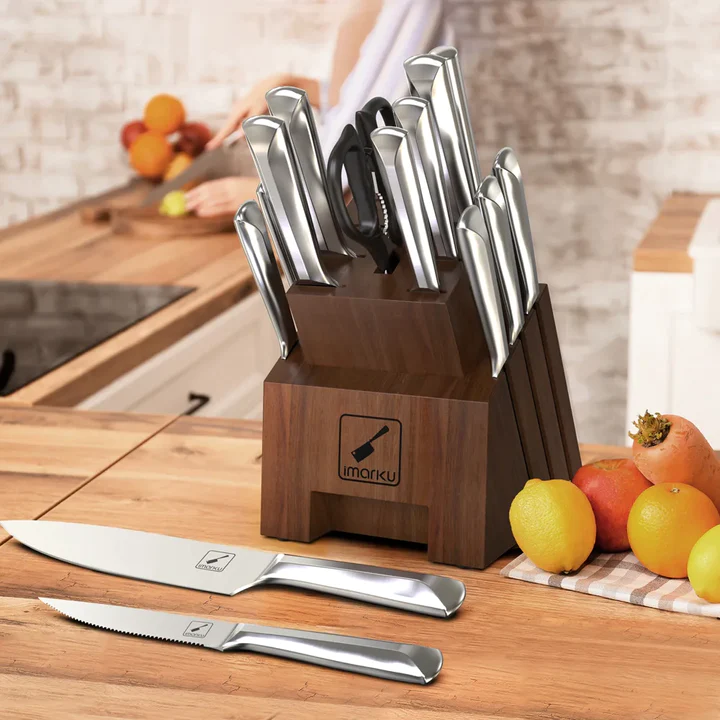
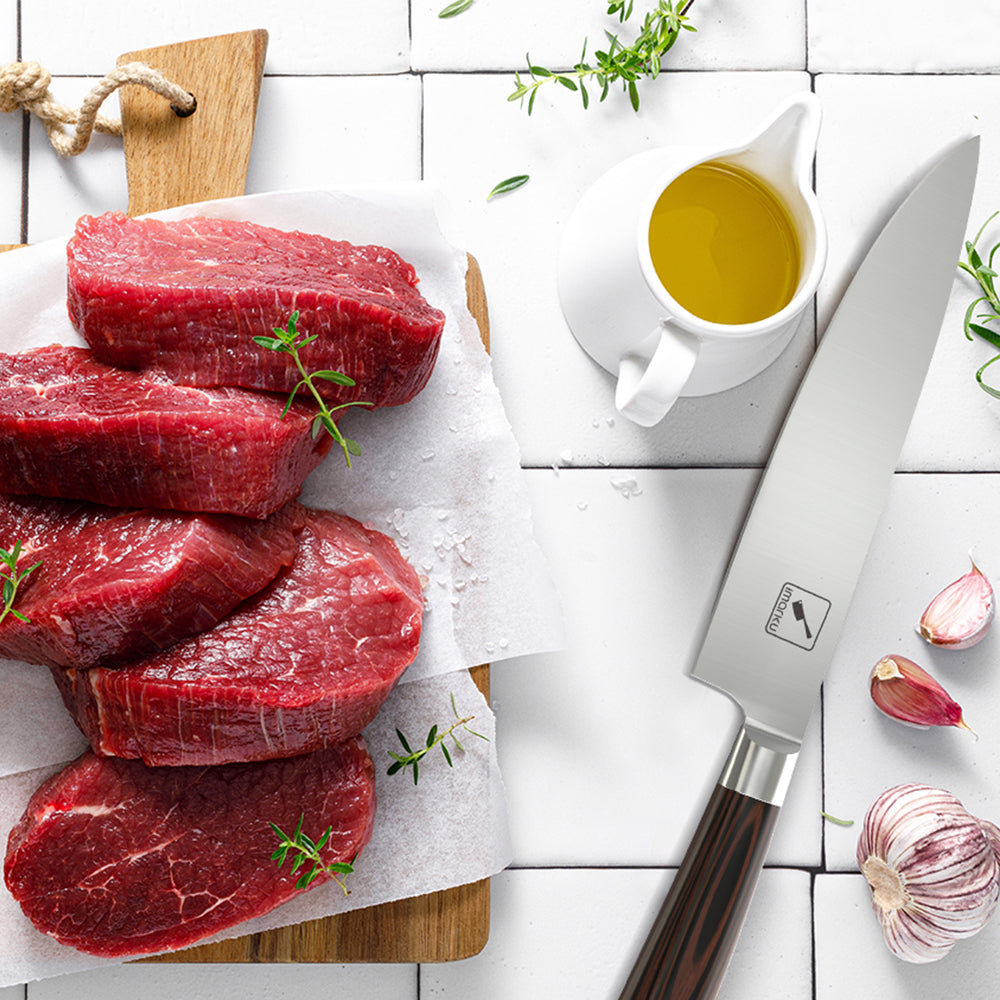
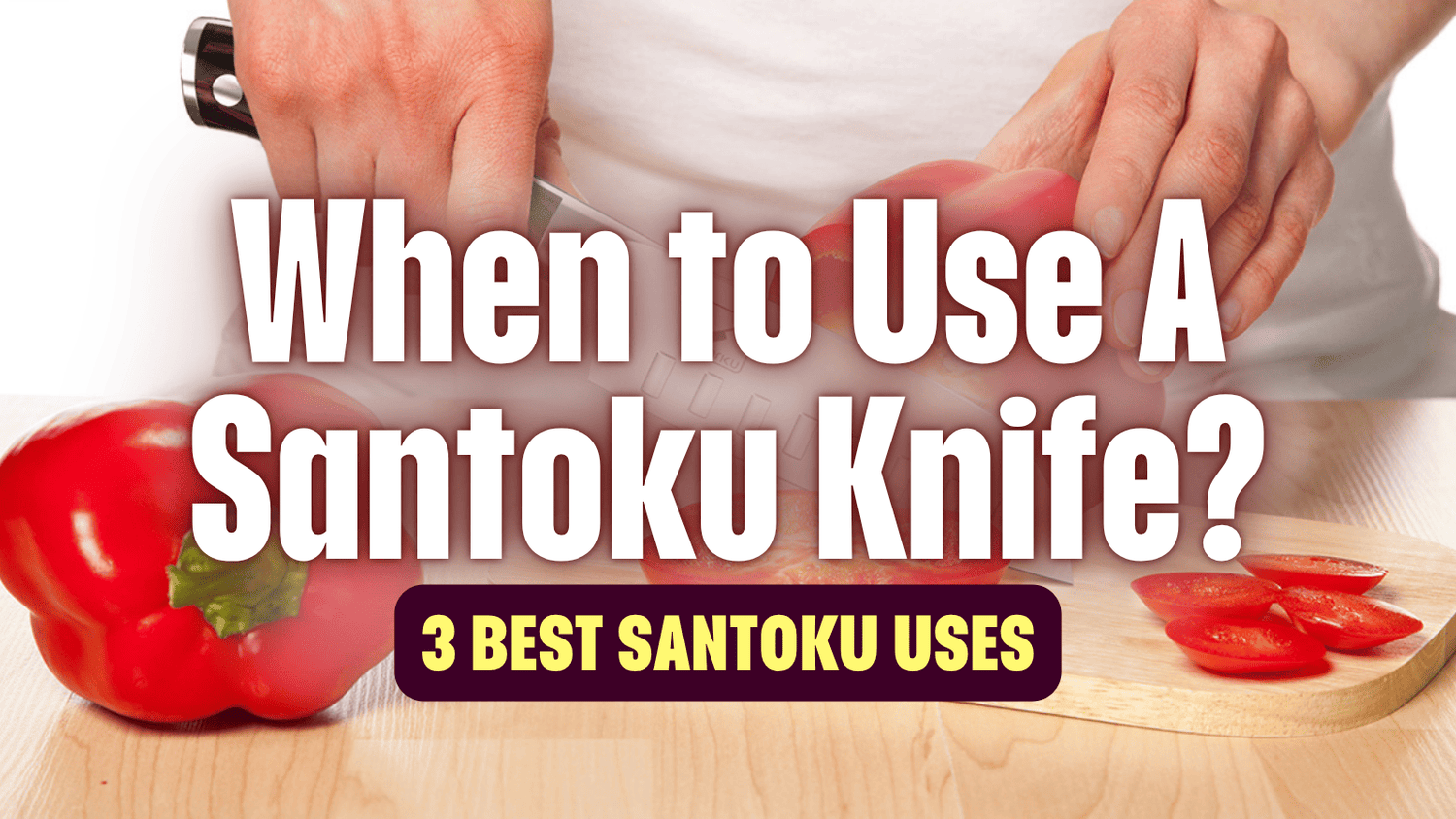




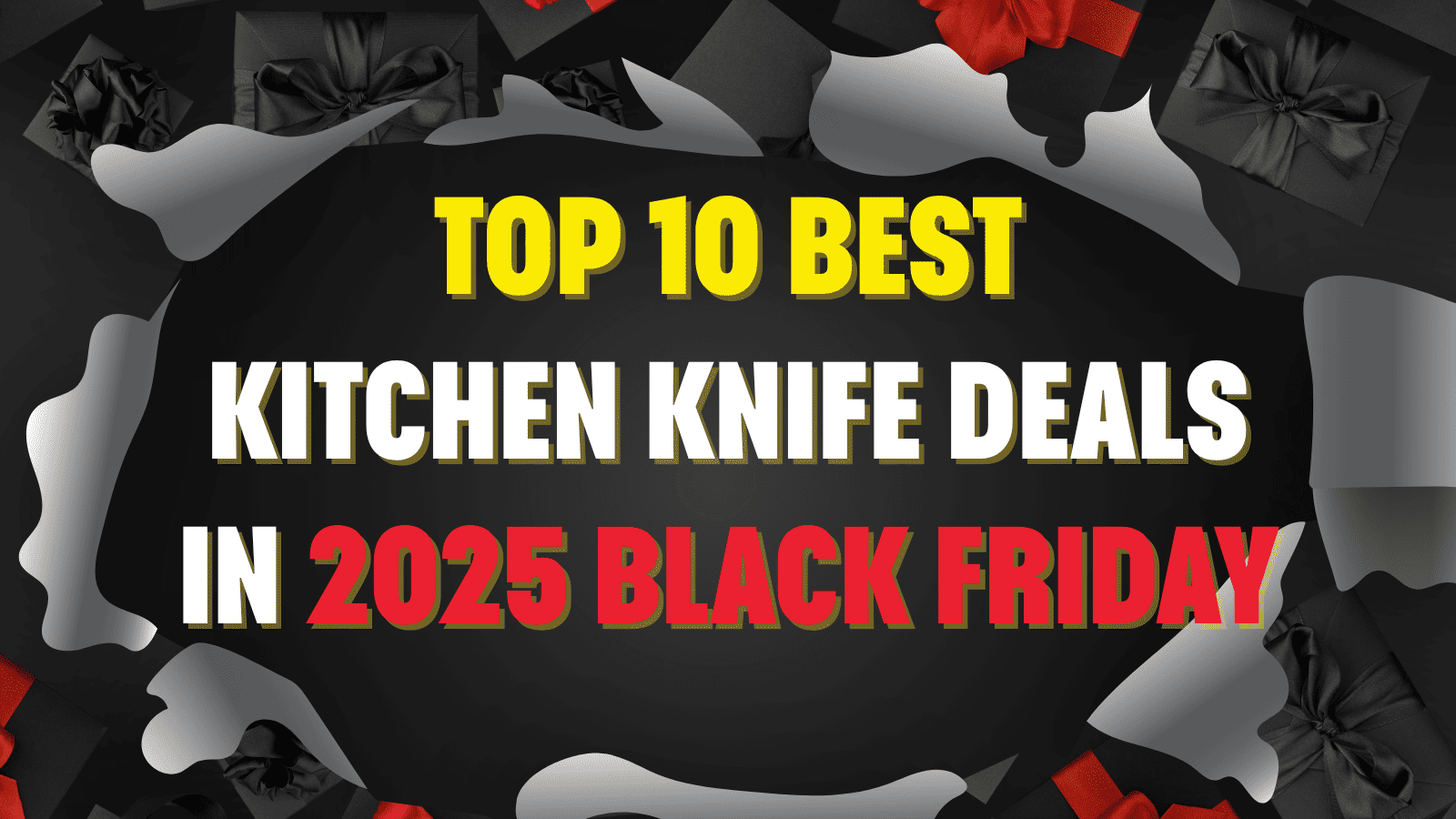

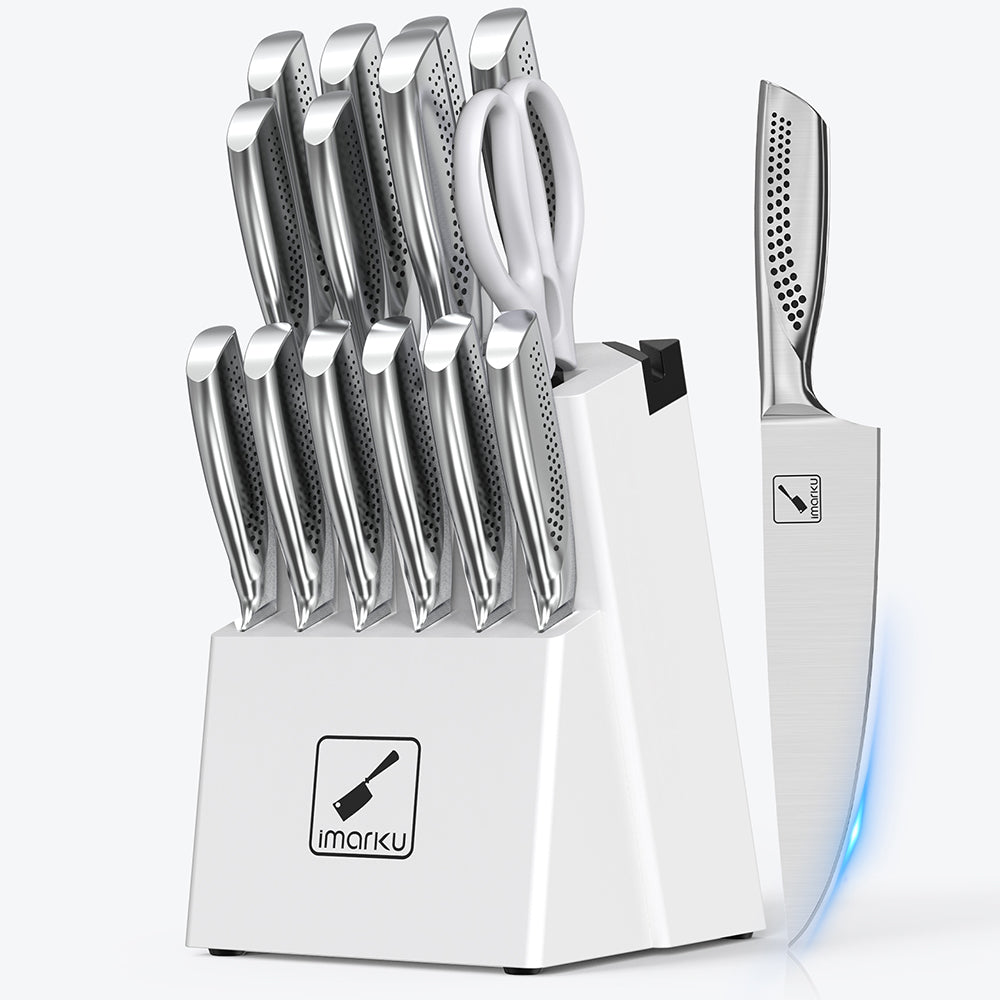
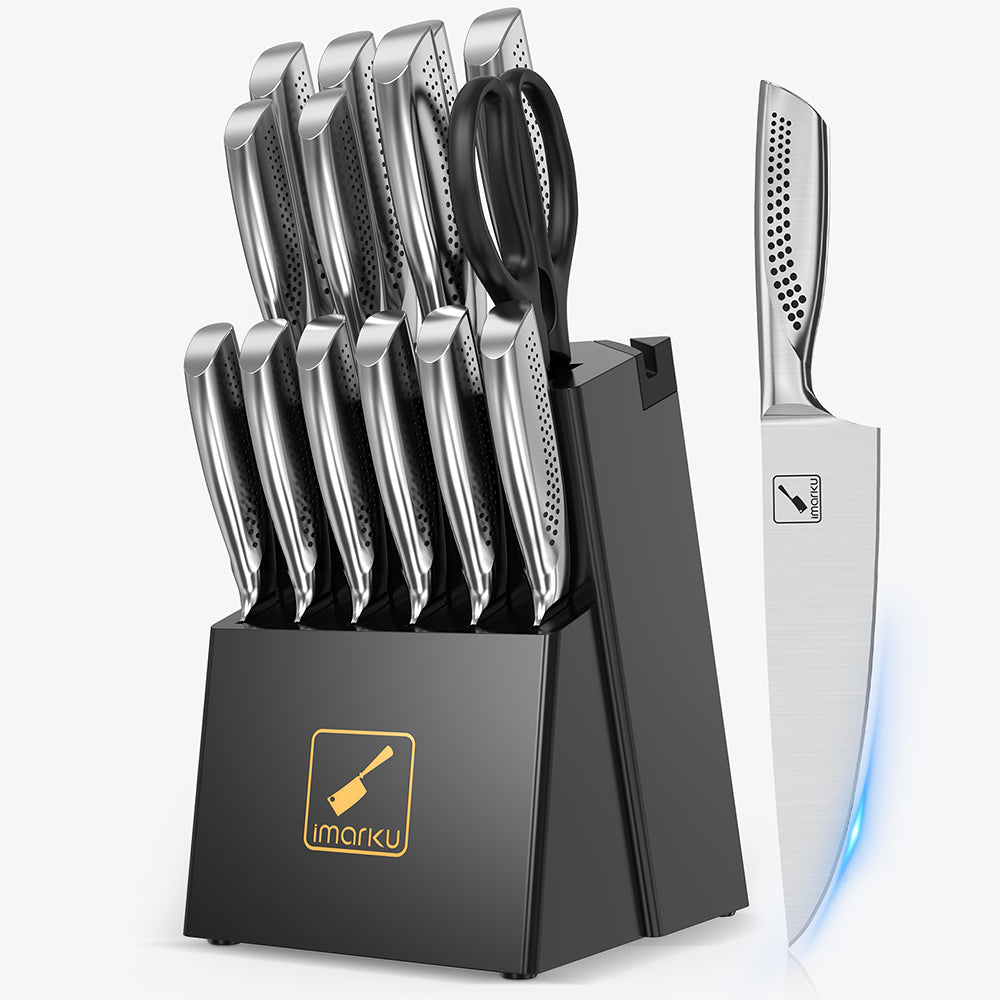

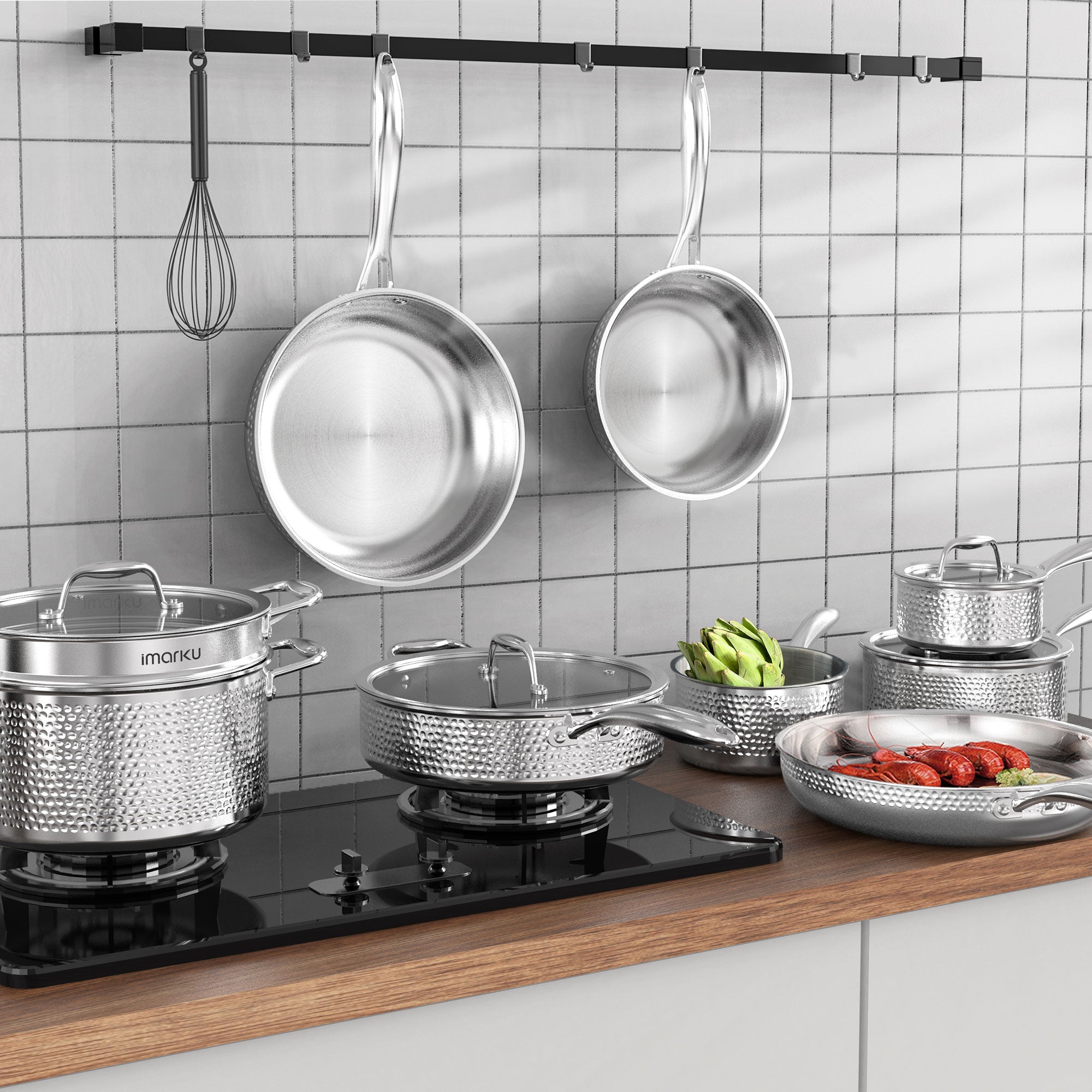
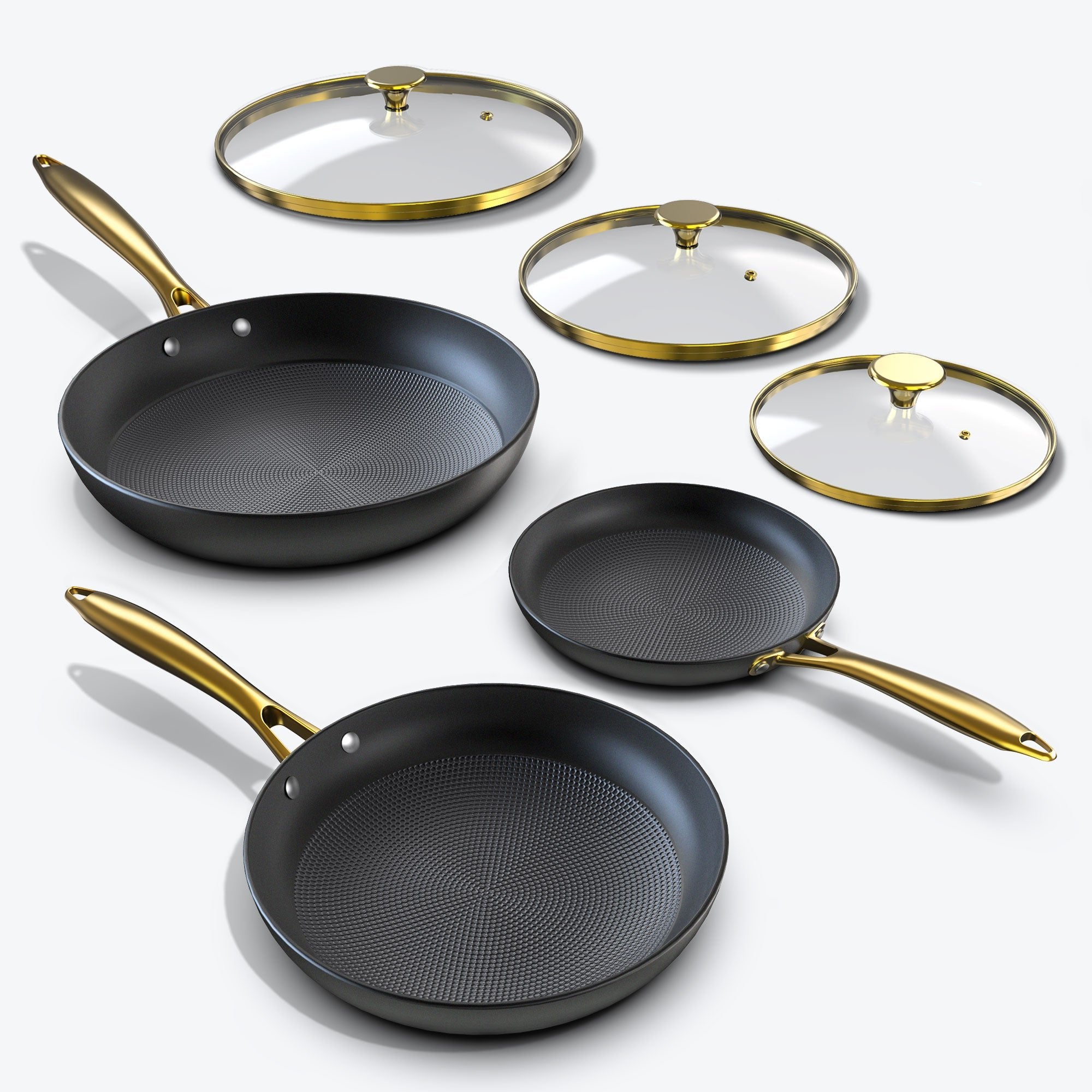


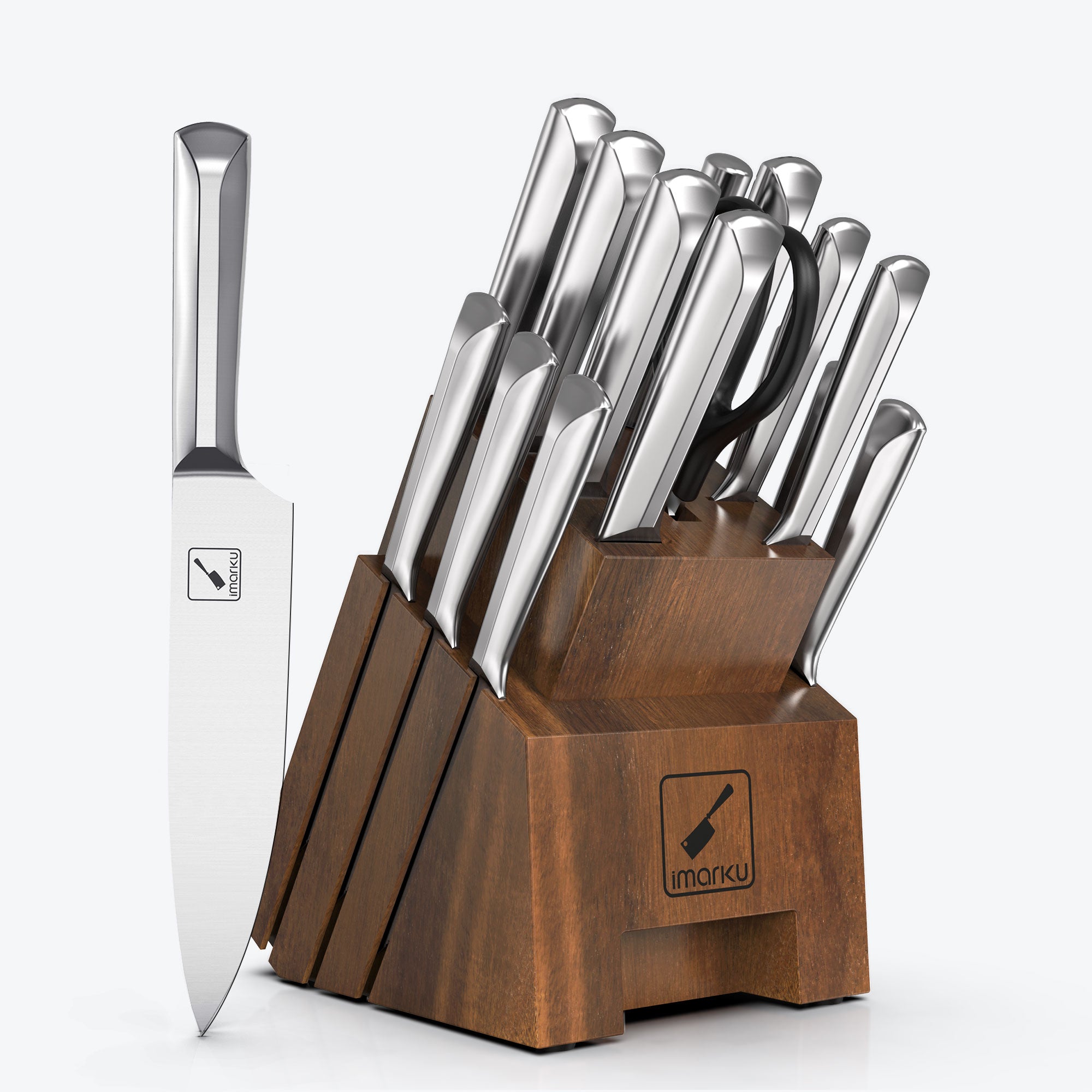
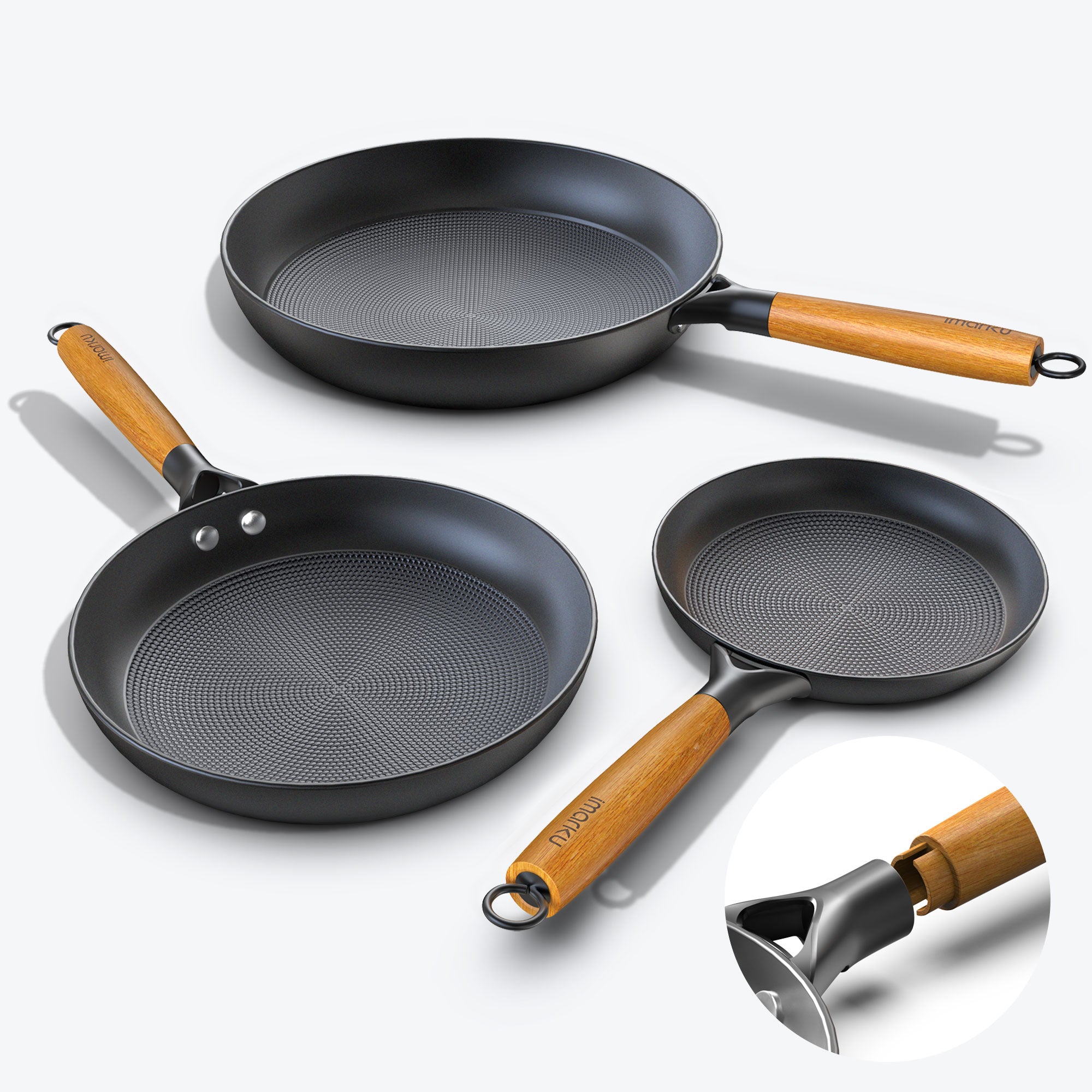

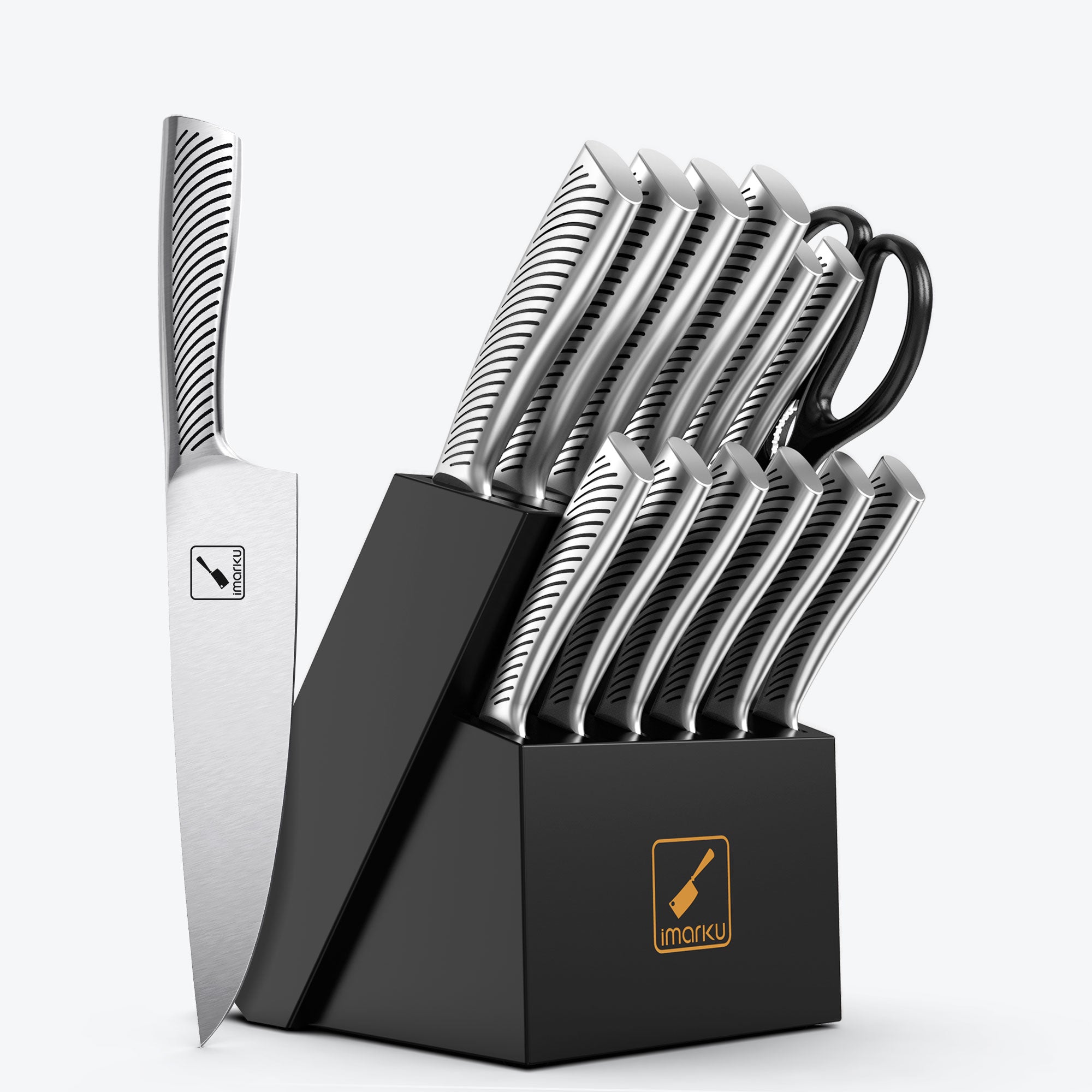

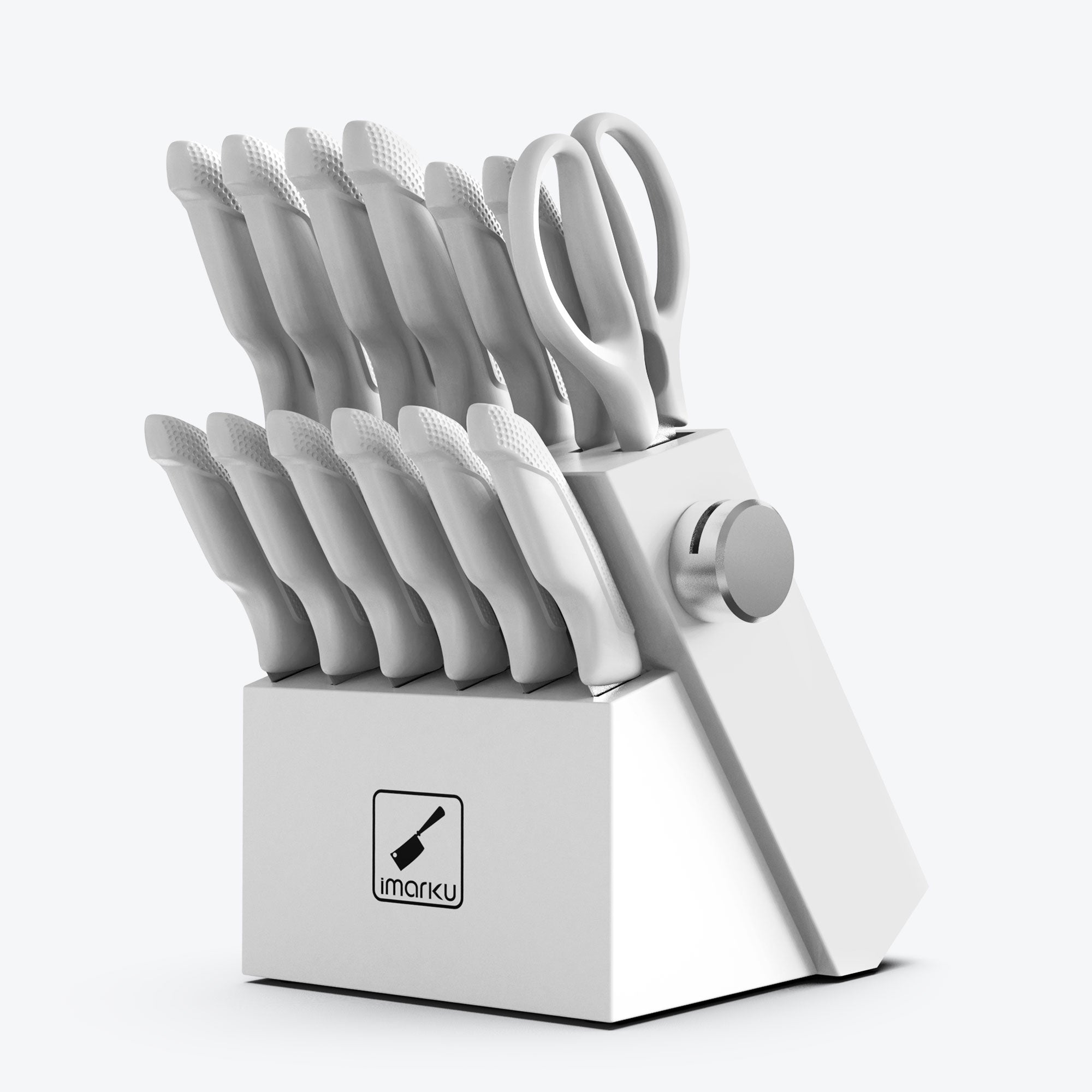
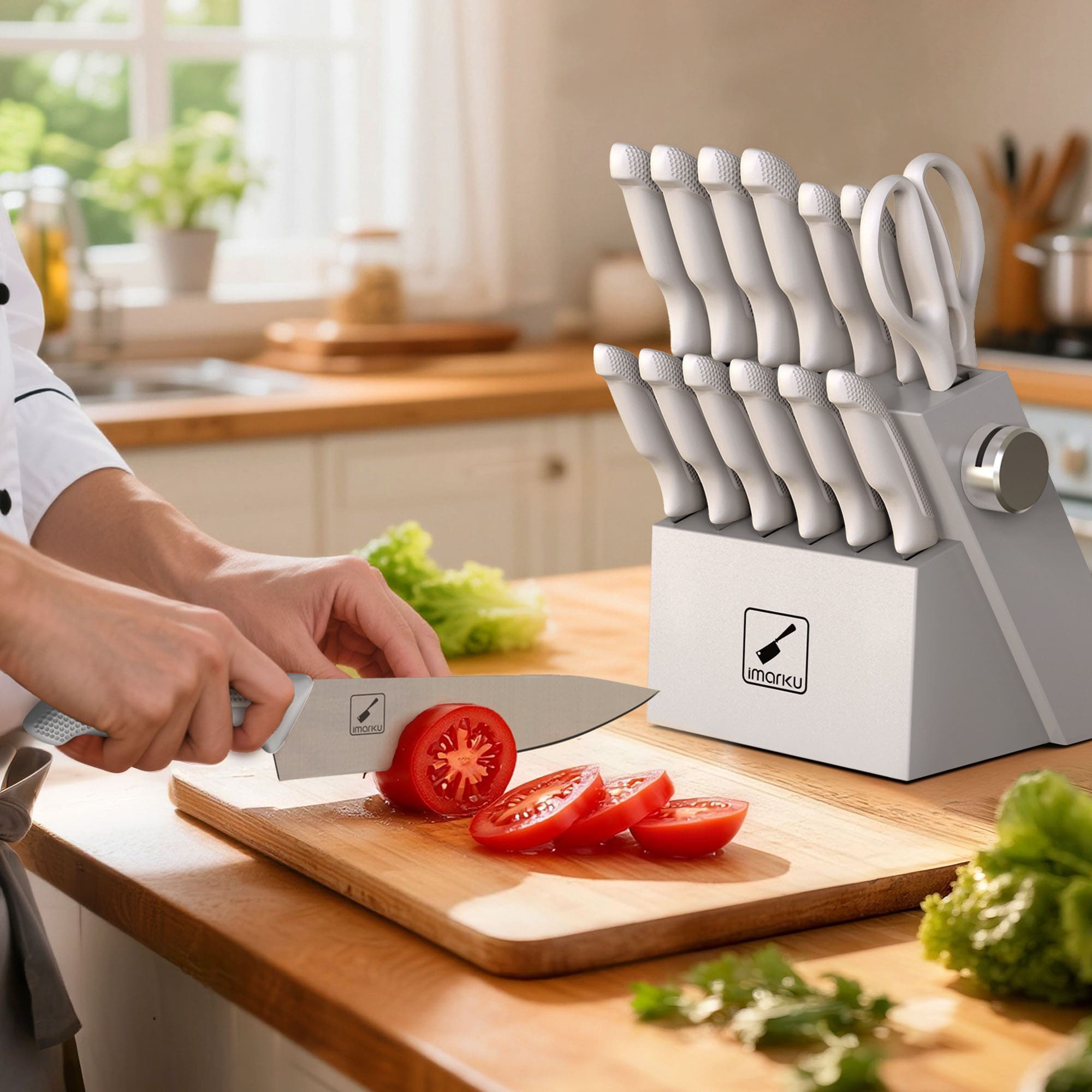
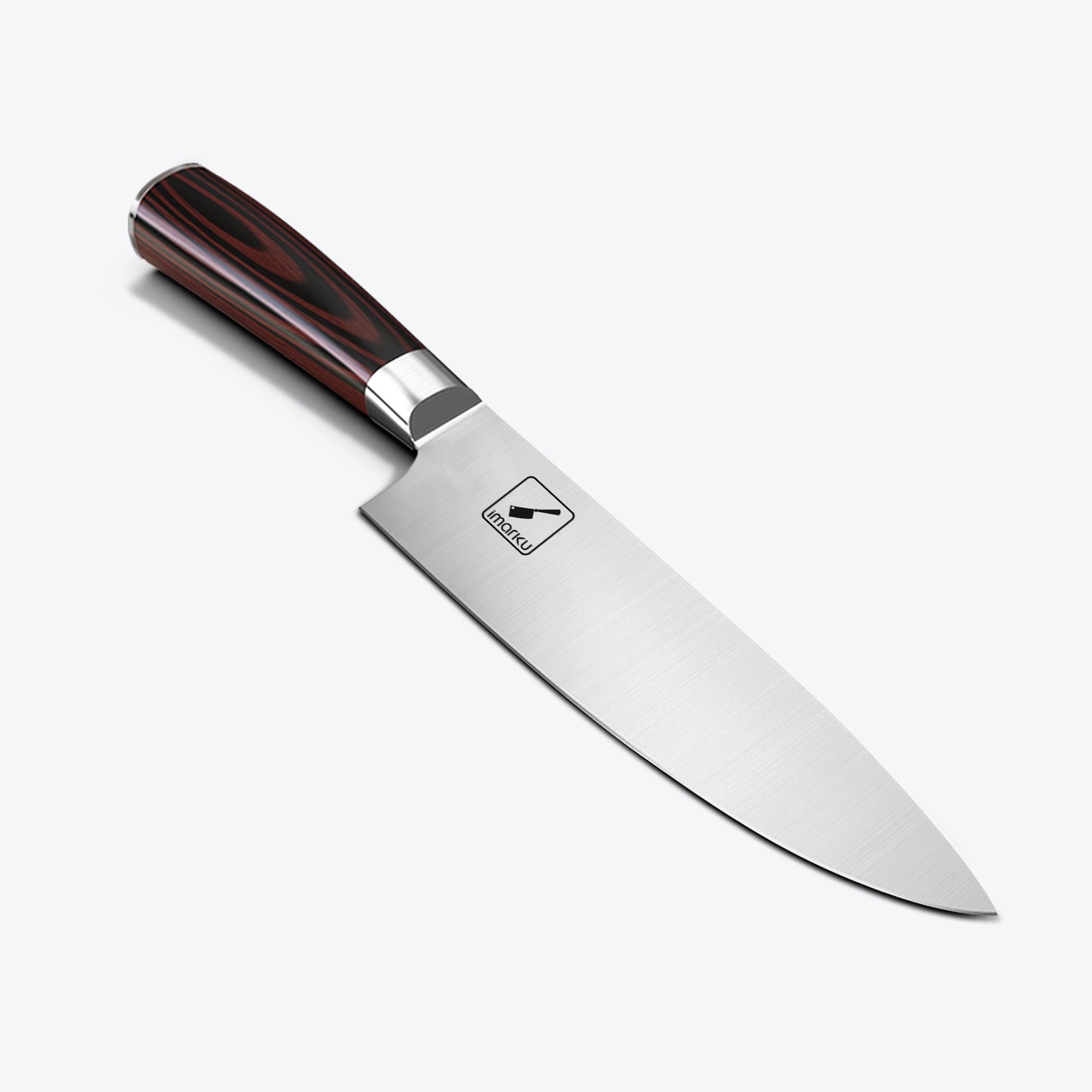
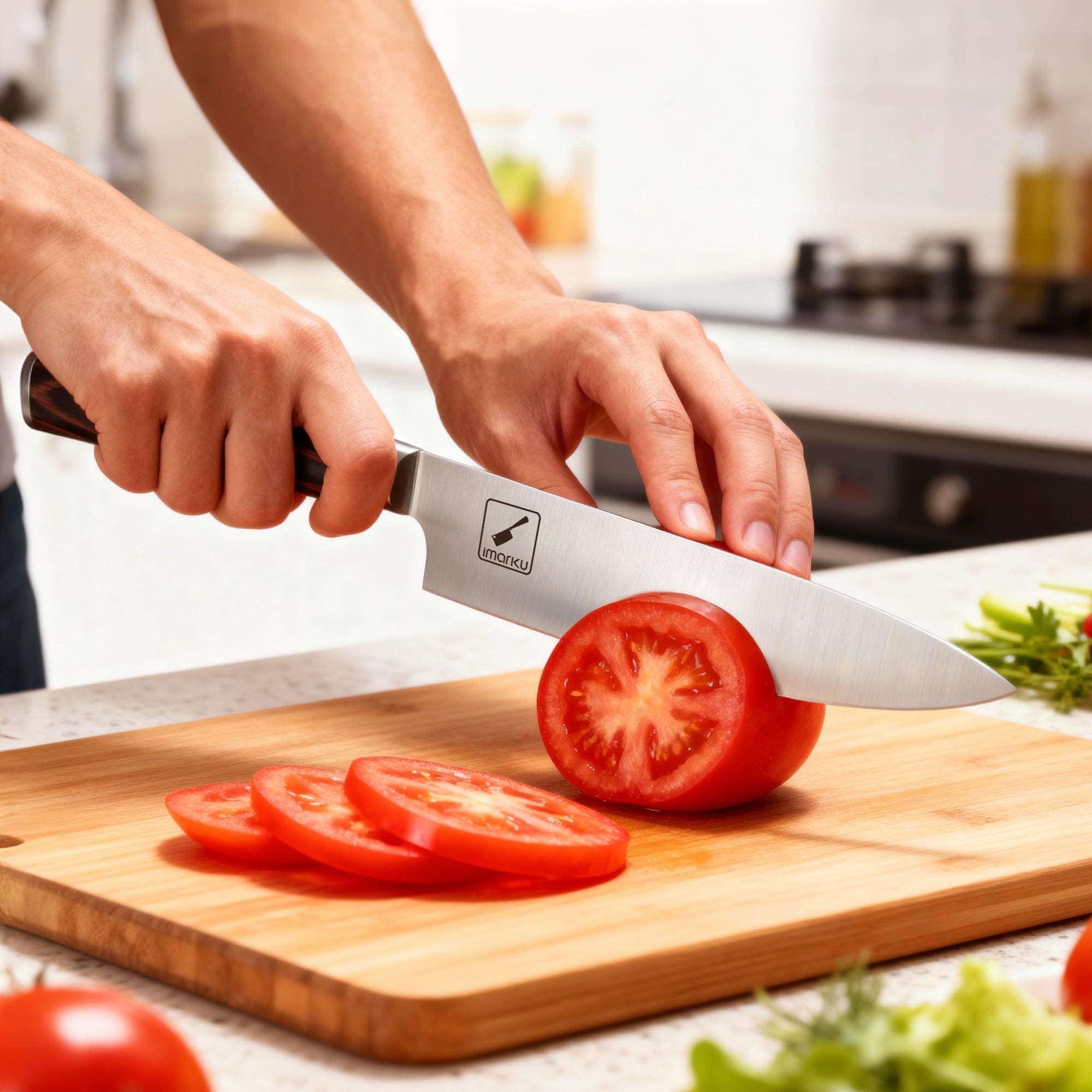
Leave a comment
All comments are moderated before being published.
This site is protected by hCaptcha and the hCaptcha Privacy Policy and Terms of Service apply.